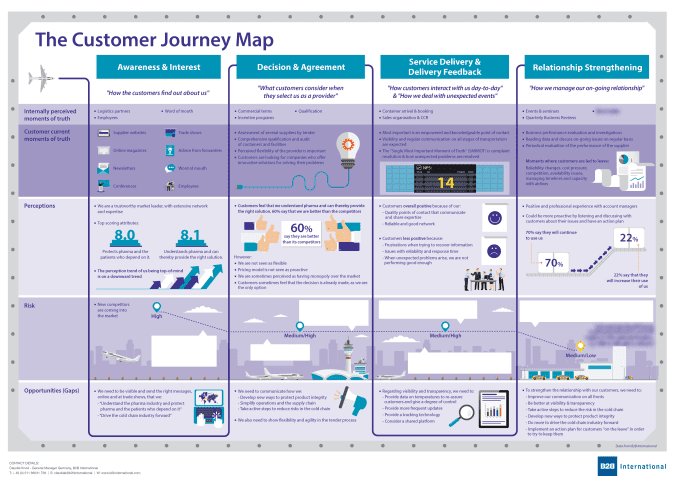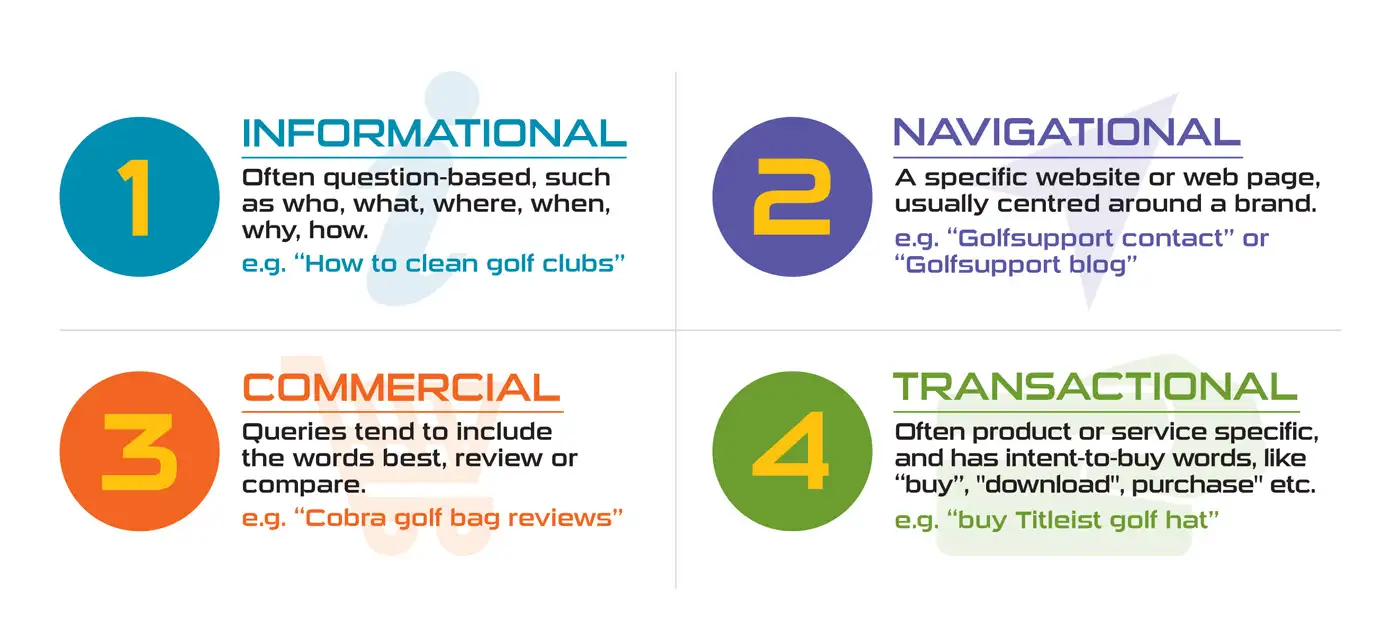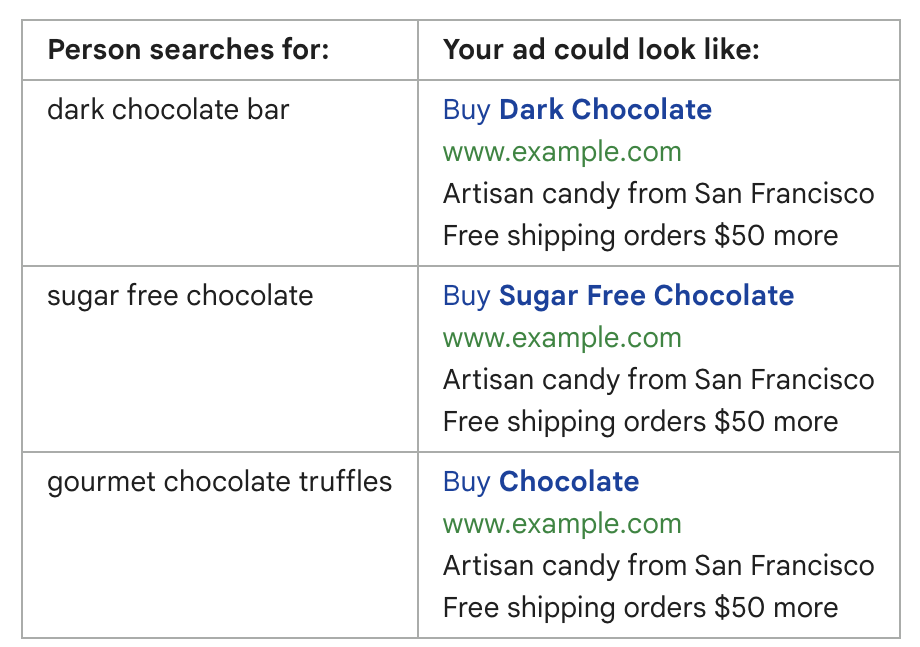Are you struggling to generate leads and increase revenue through your B2B PPC campaigns?
With the digital landscape constantly evolving, it can be challenging to keep up with the latest trends and strategies for pay-per-click advertising in the business-to-business space.
In this blog post, we will share the six most important aspects of paid advertising for B2B brands and how they can optimize their ad accounts to get the most out of their ad spend.
What Is B2B PPC and How Does It Differ from B2C Strategy?
First off, it’s wise to establish the core concepts that make B2C PPC strategies different from B2B PPC strategies.
B2C PPC is typically more focused on point-of-sale transactions. The transaction values are usually smaller than that of B2B sales and they are less relational. B2C sales aren’t devoid of creating great customer relationships, but they encompass a much narrower timeframe to convert a B2C prospect into a customer versus a B2B PPC lead into one.
E-commerce ads are a huge part of paid advertising for consumers, involving individually promoted product listings. Ad messaging in B2C PPC ads is usually more sales-focused, emphasizing ad copy like:
- “Get Yours Today”
- “Buy Now”
- “Purchase Here”
B2B pay-per-click campaigns usually involve larger deal sizes than B2C, although it does vary considerably based on the industry and what’s being sold. It’s also expected that the larger the deal size is, the more competitive the keywords will usually be.
For instance, WordStream estimates that the most expensive industry keywords to bid on are related to law firms and attorneys because their contracts are usually thousands of dollars, which make the terms highly competitive:
 Running PPC campaigns for B2B prioritizes lead generation over direct sales, with the intent to nurture the leads into recurring customers and long-lasting business relationships.
Running PPC campaigns for B2B prioritizes lead generation over direct sales, with the intent to nurture the leads into recurring customers and long-lasting business relationships.
Related Content:
* Tips for Creating a Data-Driven B2B Customer Journey Map
* Top B2B Marketing Mistakes You’re Making (And How to Fix Them!)
* Best Lead Generation Tactics for Content, Email & Social Media Marketing
6 Tips for a Successful B2B PPC Strategy
From choosing the right keywords to targeting the right audience, these six tips are designed to help you optimize your campaigns and increase conversions.
1) Research Your Audience’s Search Behavior
One of the first things B2B advertisers in a PPC space ought to learn is the intent of the audience.
It’s crucial to meet your audience where they are and target them at the right stage in the buyer’s journey:

B2B buyers are more often than not in the consideration stage of the buyer’s journey by the time they are searching for your targeted keywords on Google. It’s helpful to realize that they’re not clueless about what they’re searching for most of the time. They often have a specific need and are looking for something with a clear solution.
You, the advertiser, must identify your potential customers’ needs and provide an answer within your ad copy, landing pages and CTAs.
One of the preliminary steps of building a PPC campaign is keyword research. This will create a firm foundation that you’ll use to guide the decisions for your pay-per-click advertising campaign. You can shorten the time it takes to learn your ideal prospects’ intent by tapping into tools like Google’s Keyword Planner, which will reveal related phrases based on your inputs. You can use these related phrases to expand your keyword list.

Dive Deeper:
* How Intent Data Can Improve Your B2B Marketing
* Targeting Branded vs. SEO Keywords: Which Should You Focus On?
2) Build a Focused Keyword List with the Right Match Types
Broad match terms may be worth using at the beginning of your campaign, but the overarching goal should be to hone your PPC campaign to phrase match and exact match keywords.
Since B2B prospects are typically more intentional with their searches, you can save yourself the cost of junky clicks from unrelated searches that aren’t from qualified searchers.
However, while your Google Ads account is in its infancy, it may not be entirely obvious what exactly your searchers are typing into Google to find products or services like yours. That’s why broad match terms can be helpful at first, allowing you to cast a wide net and delivering your PPC ad to a larger variety of searchers:

For example, if a brand paints parking lot lines for brick-and-mortar businesses, the broad term “parking lot” would be too general. It would likely attract completely unrelated terms like users looking for somewhere to park or businesses looking to repave their parking lot.
A more focused way to target your term is to qualify it with a more relevant phrase match variant, like “parking lot striping services.” This will constrict serving your ad to more intentional searchers who know what they are looking for:

Just as crucial as your targeted keywords list is a strong negative keywords list. As your PPC ad account generates search data, you will be able to identify irrelevant phrases that searchers are finding your Google Ads through. It’s important to stay on top of these so you’re not needlessly wasting money from off-topic clicks.
Related Content: How to Use Google Keyword Planner for Content Creation
3) Review Your Search Terms Report
Taking a brief stroll through your search terms report will likely reveal a slew of phrases you might never have thought of before. It is always a surprise to learn how people think when they’re typing in their search queries on Google. You may come to find that a high density of your paid search traffic includes a specific term in their searches that you can then include in your keyword list.
Your search terms report provides valuable insights into the keywords and phrases that people are typing into search engines before clicking on your B2B PPC ads. By analyzing this report, you can identify the high-performing keywords and eliminate the non-performing ones.
This process will help you optimize your campaign, increase click-through rates (CTR), and ultimately drive more conversions. It also enables you to identify new opportunities for targeting your audience and improving your campaign’s overall performance.
Finding the search terms report will be slightly different for, say, Google Ads or Microsoft Advertising. But basically, when you’re logged in, navigate to the “Keywords” tab in your campaign and then click on the “Search Terms” option.
Here you can view a list of all the search terms that triggered your ads, along with data such as impressions, clicks, conversions, and cost per click (CPC). Use this information to refine your keyword targeting and optimize your B2B PPC strategy for better performance.
4) Customize Your CTA for a B2B Audience
B2B CTAs are different from B2C CTAs in that they are usually meant to drive a different type of action. They are focused less on emphasizing product features that culminate into a transaction and more on communicating value.
B2C CTAs prioritize converting a sale quickly, while B2B CTAs are more methodical. Since B2B decision makers are slower with their purchase decision, you ought to ease your target audience to your brand by using compelling ad copy that doesn’t hard-press a buying decision, but rather a decision to know more.
Here’s a side-by-side comparison of a few examples:

When you create ads for a B2B audience, you want to appeal to the pain point that you’ve acknowledged your potential customers are dealing with and give them a path to the solution. It should include language that qualifies the value of the action without being too long or wordy. Present the offer in simple terms and make it something that is a clear next step without pressuring them to purchase right away.
B2B buyers aren’t interested in being told what to do. They want the breathing room to decide for themself what is the right next step for them. Your CTA should offer a solution of your brand joining them in their search, not compelling them to buy something right now.
It’s this hands-off approach with small ad copy tweaks that can make your offer appear less intimidating.
Related Content: How to Create CTAs that Actually Cause Action
5) Use Dynamic Keyword Insertion Search Ads
Dynamic Keyword Insertion (DKI) ads are a lesser-known ad format in PPC advertising that leverages the user’s search queries into the ad copy of your search ads. As its name implies, it automatically plugs users’ searches into ad headlines based on criteria that you set.
This is an excellent tactic for creating highly relevant ad headlines to grab the attention of intentional searchers looking for a specific solution. It can help you find high-value keywords through the behavior of users interacting with your ad. It also helps raise quality scores considerably, especially if the dynamically inserted phrases appear on your landing page.
After some time of accruing data from DKI in Google ads, you can:
- Glean which ads performed the best with what specific phrases
- Add those phrases as relevant keywords
- Adapt your landing pages with the phrases to further improve relevancy and quality scores
You can incorporate DKI into your ad headlines with the following structure:
{keyword:_______ }
DKI will associate your ad with search queries that contain the specified keyword(s) and include their verbatim phrase in the headline if it will fit. This example illustrates the use-case of DKI with the word “Chocolate,” which would be written out as {keyword:Chocolate}:

6) Consider Targeting Competitor Terms
Competitor ad campaigns, albeit slightly controversial, can be a handy supplemental strategy for your PPC advertising campaign.
When a user searches for your competitor, they may encounter an ad for them, assuming the competitor is running a Google Ads campaign. Therein lies the opportunity for your brand to present your offer in the search results alongside your competitor’s in the hope that you win over the user.
It’s worth experimenting with this by actively searching for your own brand’s name on Google and seeing if competitors are showing ads from your search. If they are, then it’s likely that they’ve attracted some amount of search traffic away from your brand to theirs. If that is the case, you ought to consider retaliating in the same way with your own Google Ads targeting your competitors’ brand names.
There are four major pros and cons to competitor campaigns worth considering:
- Pro: Because B2B solution seekers often comparison shop before settling on a final decision, it can be helpful to present your brand alongside the brands they’re already aware of. It creates an air of relevancy that your brand is worth exploring.
- Con: Search engines like Google penalize advertisers through low-quality scores when targeted search keywords do not align with ad copy and landing page content (which will be the case with your own ads if you choose to pursue a competitor ad campaign).
- Pro: You can combat Google’s quality score penalty by tailoring custom-built landing pages and ads that explain the differences between the brands and why yours is better than the alternative:

Con: The risk you run with running competitor PPC ads is that there may be an amount of traffic that solely intends to visit your competitor’s site, and anything otherwise might just be a frustrating distraction. You may come to find that some “conversions” attributed to competitor Google Ads are simply customers of other brands confusing your brand for another. It’s a possible drawback that should be considered before and during a competitor campaign.
Learn More:
* How to Uncover Your Competitor’s Facebook Ad Strategy
* How to Conduct Smart Competitor Research for Better Customer Acquisition
Bonus Tip: Should You Implement a Branded B2B PPC Campaign?
The short answer is probably no, but it depends on your current initiatives and business goals.
It may feel tempting to bid on branded keywords related to your brand as they’re likely to be cheap and, at first blush, seems like a no-brainer. But it effectually cannibalizes any SEO surrounding the terms you’re bidding on.
Think about how a landing page ranks organically on Google. It’s a combination of on-page SEO, off-page SEO and technical SEO. All of these work together to qualify a web page for search engines so they’ll deem the page as relevant. When advertisers pay for an ad to appear in the SERPs, they will defeat the effort put into SEO and rob themselves of organic traffic replaced by Google Ads traffic.
For example, you’ll see from the image below that when you search for ”bamboo hr,” the search results will show both an organic listing and a paid listing. A user searching for BambooHR will feel more inclined to click on the very first listing they see, not caring that it’s an ad or organic.
This costs the advertiser a click from the paid search ad that could have been an organic one. As you might imagine, this can rack up ad costs quite quickly. If the brand’s organic listings are ranking highly in the SERPs, then you’re better off refraining from bidding on your own branded terms.
There is an exception, however.
The possible reason why you might consider running a branded terms campaign for your business is if your competitors are hedging out your organic listings with their own ads. Take another look at the image, and you’ll see that Rippling, a competitor HR software brand, is showing an ad.
This is evidence that they are bidding on the keyword “bamboo hr.” Otherwise, their ad would not have appeared in the first place. In circumstances like this, targeting your own branded terms can make sense. Now that the advertiser has bid higher on their own branded term than Rippling, their ad was able to appear in the first position, all the more likely to win the searcher’s click.
Targeting your own branded terms will help you combat competitor listings in the SERPs.
You’ll want to search for your own brand periodically to discover if and when competitors are bidding on your terms so you can react accordingly.
The only other exception that could justify a branded terms campaign is if your SEO efforts haven’t achieved lift-off yet. In other words, if your website is new and you’re gradually improving your SEO for the first time, you can cut to the chase for a limited time and collect branded search traffic from ads while you wait for your pages to rank higher organically.
Dive Deeper:
* PPC Audit Cost Analysis: How Much Should You Expect to Pay?
* Multi-Channel PPC Advertising Case Study: Boosting Your ROI
* How to Rank Your Brand-New Website When You Don’t Know SEO
Last Word on Executing Your B2B PPC Strategy
Having a plan for your business-to-business digital marketing campaign is crucial for your success. If you slap it together haphazardly, it’s bound to perform poorly.
Remember to conduct thorough keyword research based on behavioral data and search volume. Use these as some of the guiding standards for landing page design, your ad copy, your offer and your CTAs.
If handled properly, paid advertising can be an integral part of your sales funnel and digital marketing strategy as a whole.
Hopefully you learned how to execute a B2B PPC strategy, but if you just want someone to do the work for you, Single Grain’s B2B PPC experts can help!👇



